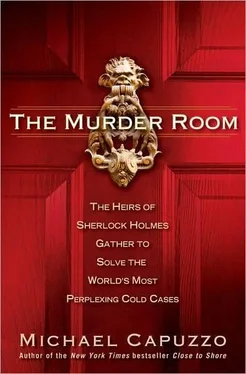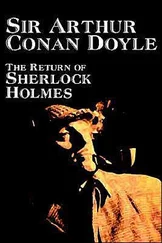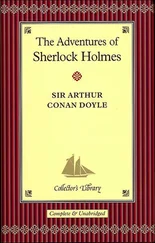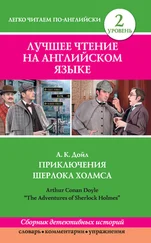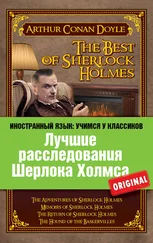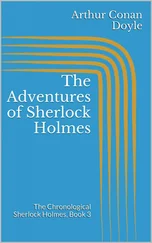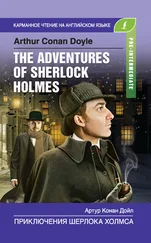His point was that Marie Noe had murdered all her children. That’s what it looked like to Fried, who was inspired to dig into the case after reading The Death of Innocents, by Richard Firstman and Jamie Talan, the true story of a New York woman convicted in 1994 of murdering her five children decades earlier. The book explored new scientific research that indicated that many “crib deaths” were in fact murder. Fried had spent hours interviewing Marie and her husband, Artie, at the elderly couple’s Kensington row house, turning over their scrapbooks.
He’d interviewed Joe McGillen, VSM, a retired medical examiner’s investigator, a tough, diminutive Irishman who worked part-time as a “bird dog,” or baseball scout, but spent most of his time trying to bring to justice the killers of nine children from the 1950s whose murders he had never stopped investigating-the Boy in the Box and the eight babies of Marie Noe. He’d waited for decades for somebody to ask him about his investigation of Marie Noe’s babies, whom he always thought were murdered.
Fried had interviewed Dr. Marie Valdes-Dapena, now seventy-seven and the “grandmother of sudden infant death research,” who had performed the autopsy on Constance, baby number five, in 1958. After several hours of looking at Fried’s evidence, Dr. Valdes-Dapena said, “It just seems impossible that this woman is still walking around as free as a bird… I’m ninety-nine percent sure that these deaths were not a natural happening.”
Fried had two boxes filled with research material. But he needed access to decades-old police records, the case files, to get any further. He needed help.
Fleisher shook his head sadly. “I can’t get you records, but I can get you help.” Fleisher later introduced Steve Fried to Sergeant Laurence Nodiff, Philadelphia PD’s cold-case squad supervisor. “I made a shidduch, an arranged marriage, between Steve and Larry.”
Sergeant Nodiff was stunned by Fried’s files. The reporter had conducted an investigation worthy of a top-flight detective. Nodiff reopened the case based on Fried’s work. One of his first steps was to take Marie and Artie’s polygraph results to Fleisher and Gordon for a review. In the 1960s, both husband and wife had been judged to be truthful when they claimed to know nothing about how the babies died. If that was still the case in Fleisher’s and Gordon’s view, Nodiff was less likely to go interview the Noes.
In the brownstone headquarters of the Vidocq Society, Fleisher and Gordon studied the charts. They shook their heads in bewilderment. “Marie’s charts are clearly deceptive,” they agreed. “Arthur’s charts are inconclusive at best.”
Fleisher also persuaded Hal Fillinger, the esteemed Philadelphia medical examiner and Vidocq Society Member, to take a new interest in the deaths of Marie Noe’s babies. The cold case was reuniting three graying forensic warriors, all stalwart figures from the renowned Philadelphia medical examiner’s office of the 1960s. Dr. Fillinger had been treated for cancer; investigator McGillen recently had a quadruple bypass; Dr. Valdes-Dapena was becoming forgetful. Marie Noe’s babies had been one of the first major cases of their careers; now it would be one of the last.
Dr. Fillinger had been long frustrated by the case. “I remember telling a nun there were two ways of looking at this. ‘If you give Marie Noe a baby, she’ll either kill it quickly… or, if she had no hand in these deaths, nobody deserves a baby more than she does.’ ” He’d long regarded the case as a “ditzel. A ditzel is a case that looks like a goodie, but means nothing. It’s a fairy tale you bought and you get it home and the last chapter is torn out. So there is no answer… I wonder what happened to those little kids. But there are so many blind alleys. You think you’ve got something meaty, but it’s like a papier-mâché pizza. You keep thinking, somebody must know something somewhere. But they don’t, because, well, it’s a ditzel.”
After reading the reporter’s file, Fillinger said, “This changes my whole concept of this case. This file really accuses them of murder… I would have to go to the DA and say these people should be investigated.”
Many of the official records of the Noe case had since been destroyed. But in a spare bedroom of his home, McGillen had kept for four decades his investigative files on the Noe case. It was a startling record, and it gave Fried, Nodiff, the VSMs, and the district attorney a foundation to build upon as they developed the case.
It was registered as Vidocq Society Case No. 55, The Babies Noe Case. It looked to Fleisher like Marie Noe, right in his hometown, had been the most prolific killer of her own children in modern history-and gotten away with it.
CHAPTER 41. THE BOY WHO NEVER DIED
The child was dead, brutally murdered, and the cops were converging on the scene from across the region. But they were driving more slowly now, forty-one years later. Patrolman Sam Weinstein, who carried the boy for the trip to the morgue that distant morning, was seventy-one years old now, but still burly with a hard glint in his eye. Bill Kelly, the gentler-natured fingerprint man, in his late sixties with white hair framing his liquid blue eyes, doted on his six daughters-“Kelly’s Angels”-and grandchildren. President Eisenhower, young pilot John Glenn setting a California-to-New York speed record, Hamilton’s electric “watch of the future,” the world they knew on February 25, 1957, was gone, but not forgotten. The cops were still working the case. From Ike to Clinton, through nine U.S. presidents, the Cold War, Korea, Vietnam, and the first terrorist bombing of the World Trade Center, they had never stopped.
Kelly, retired from the police department, still never passed a hospital without checking the footprints on file of newborns from the early 1950s; he’d studied 11,000 prints, but maybe the next one would identify the boy. Weinstein sorted through the case records, boxes stuffed with files, photographs, hundreds of tips and notes, looking for anything they may have overlooked. Remington Bristow, the medical examiner’s investigator, had devoted thirty-seven years to the case, traveling everywhere with a death mask of the boy in his briefcase. When he touched the boy’s death mask he grieved as if he had been touched by a spirit, and he urged others to touch it, too; some investigators believed he had gone around the bend on the case. When Bristow moved from Philadelphia to Arizona, where he died in 1993, his granddaughter drove him across the country, stopping so that her grandfather, sickly and half-blind, could check new leads all the way. “Rem was ‘The Man,’ ” said Kelly, who had worked alongside him for years on the case. Rem’s work went on.
The boy, who would have been nearly fifty years old now, still lay in Potter’s Field, under the small monument the homicide bureau long ago purchased-the only monument in the field of body parts and the insane, criminals, and the forgotten. For four decades the detectives had visited with flowers in the spring, a yellow sand pail in summer, a newly oiled baseball glove for Christmas, as if he were growing up to be a fine young boy. Bristow had said that with his slender build the boy had the makings of a basketball player instead of football. The cold-case cops kept the boy alive with the heat of longing and memory. He was the boy who would never grow up, who would never die.
They prayed over the legend the homicide bureau once wrote:
“Heavenly Father, Bless This Unknown Child.”
If devotion to solving a child’s murder is a measure, the boy so little cared for in life had been more loved by two generations of police detectives than any child in Philadelphia history-loved when there was no hope.
Читать дальше
